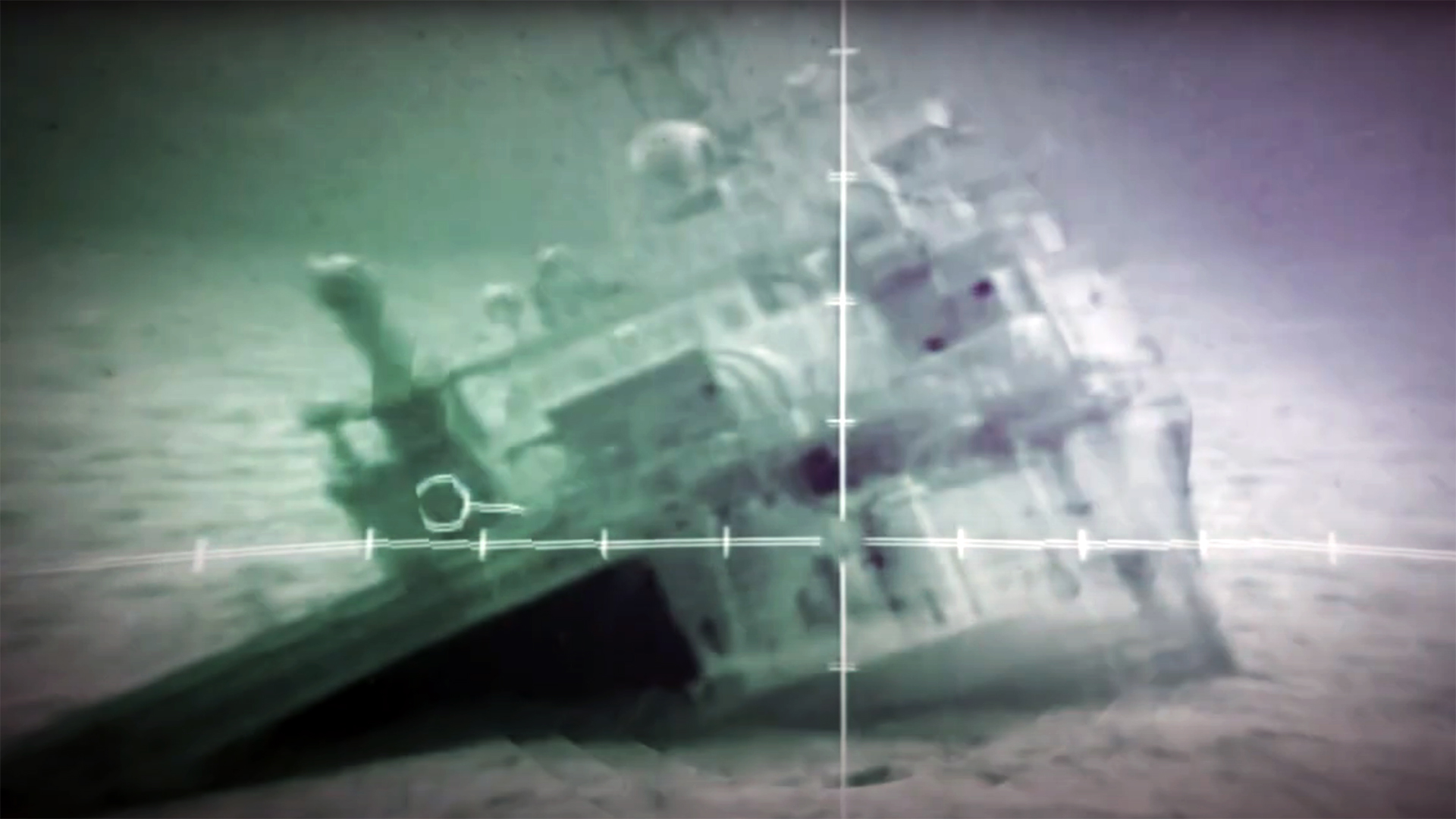A video of the second sinking exercise, or SINKEX, from the 2022 Rim of The Pacific (RIMPAC) exercise has been shared by the U.S. military. The SINKEX took place on July 22 in the Hawaiian Islands operating area and was conducted with multi-national partners, namely the United States and Japan.
The multi-domain SINKEX included air, land, and sea units from both countries’ militaries along with oversight and coordination by what the service describes as the “multinational combined task force.” During the SINKEX, Japan and the U.S. sank the decommissioned Austin-class amphibious transport dock ship formally known as USS Denver (LPD-9) in 15,000-foot-deep waters about 50 miles North of Kauai. According to the U.S. military, the overall exercise was meant to strengthen proficiency in tactics, targeting, and live firing against a surface target.

During the exercise, the Japanese Ground Self-Defense Force fired Type 12 anti-ship missiles and the U.S. Army launched guided rockets from a High Mobility Artillery Rocket System (HIMARS) at the naval target from land. From the air, U.S. Navy F/A-18F Super Hornets assigned to Fighter Attack Squadron 41 shot a long-range anti-ship missile while U.S. Army AH-64 Apache helicopters shot air-to-ground Hellfire missiles, rockets, and 30mm guns.
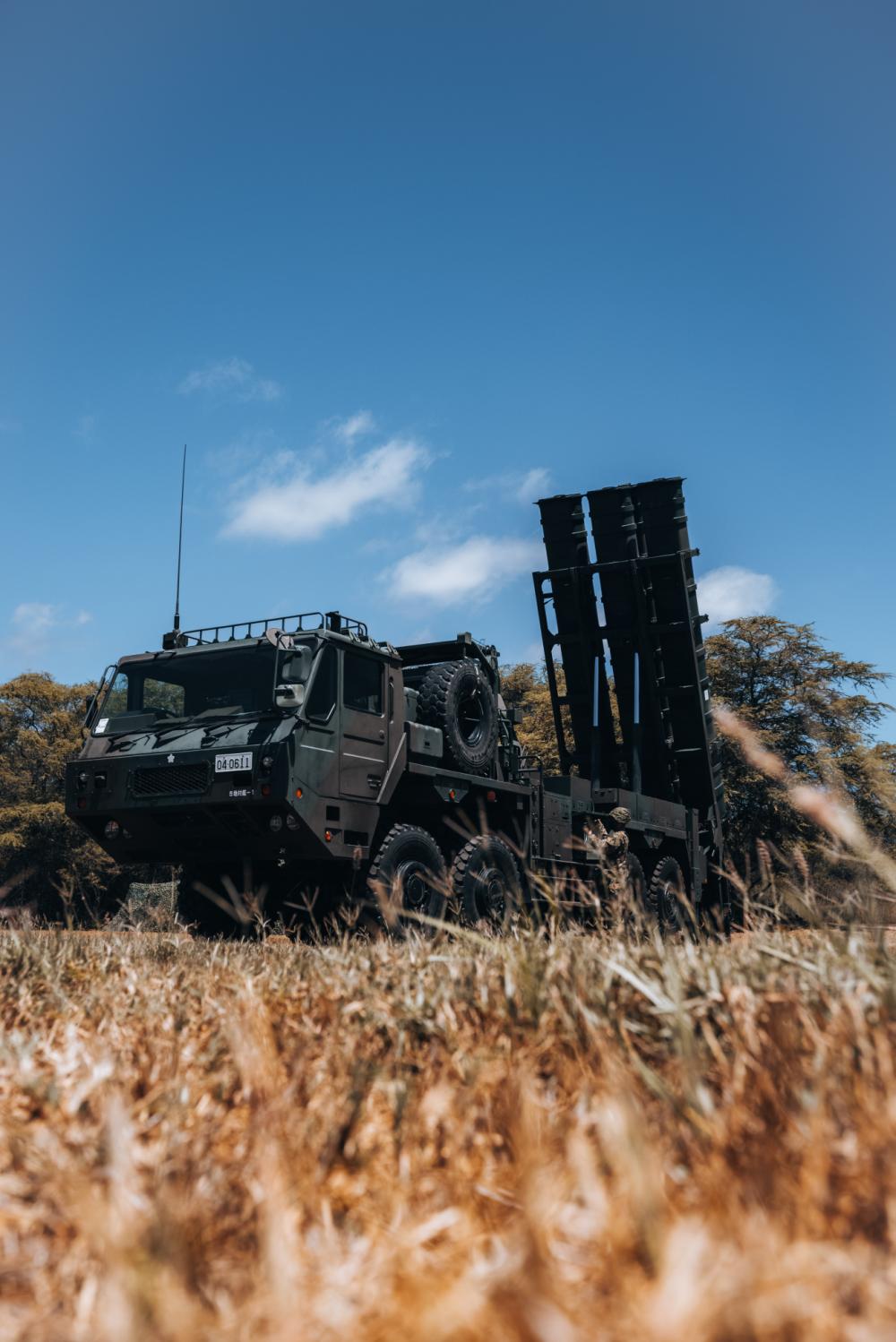
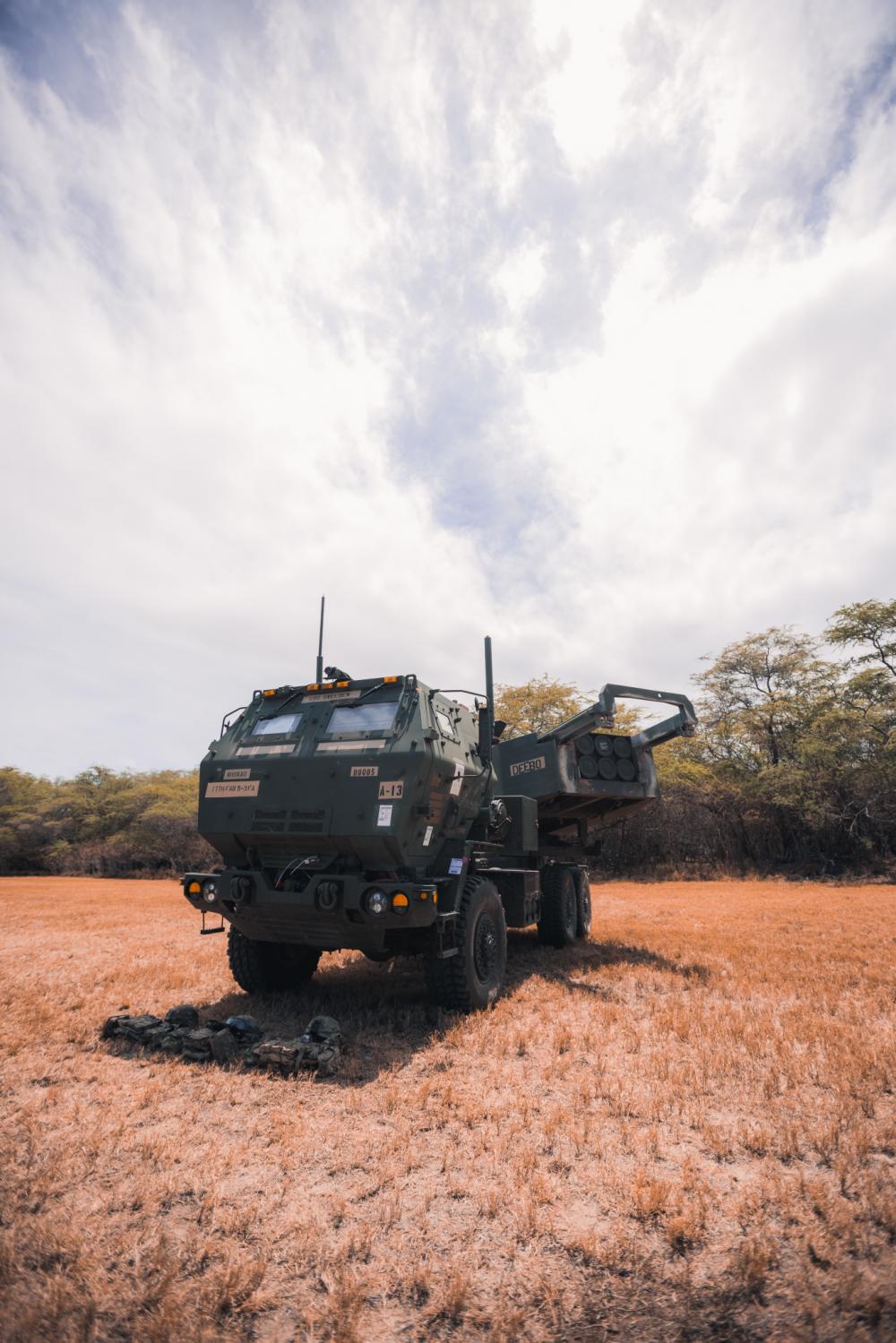
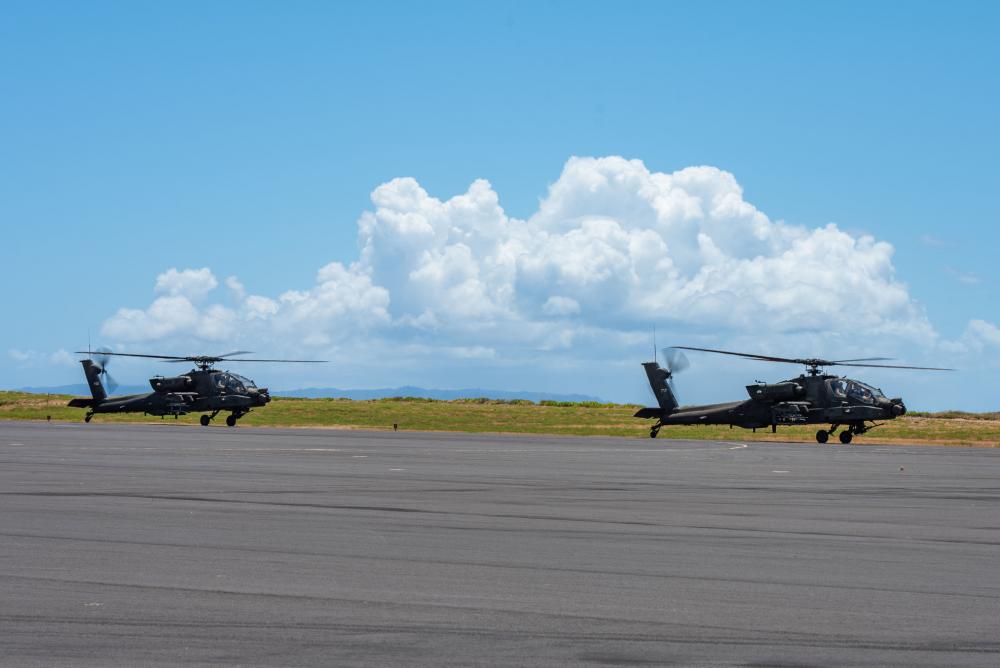

From the sea, U.S. Navy guided-missile destroyer USS Chaffee (DDG 90) shot its Mark 45 five-inch gun. To top it all off, the U.S. Marine Corps joined in with F/A-18C/D Hornets assigned to Marine Fighter Attack Squadron 232 and Marine Air-Ground Task Force 7, who then fired an air-launched cruise missile, air-to-ground anti-radiation missiles, and Joint Direct Attack Munition guided bombs. Other weapons were likely used, but these were the ones disclosed by the Navy.
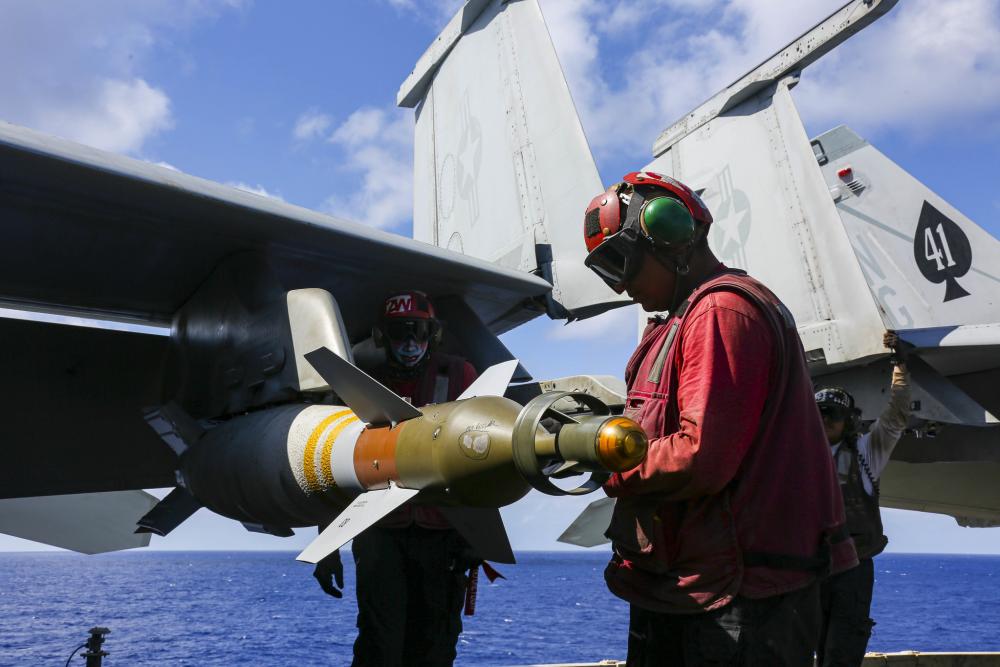
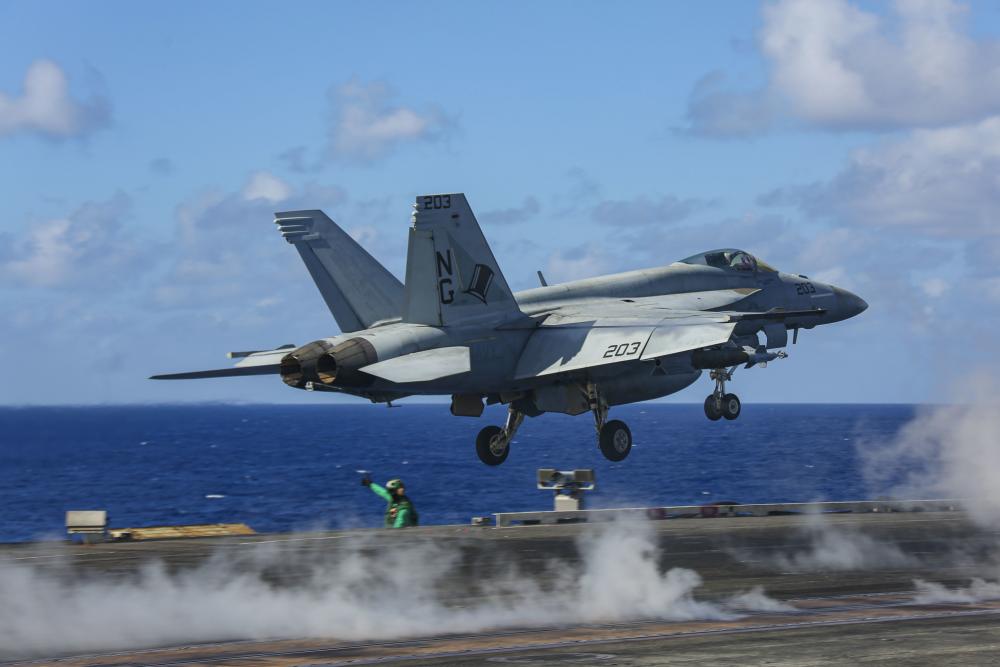
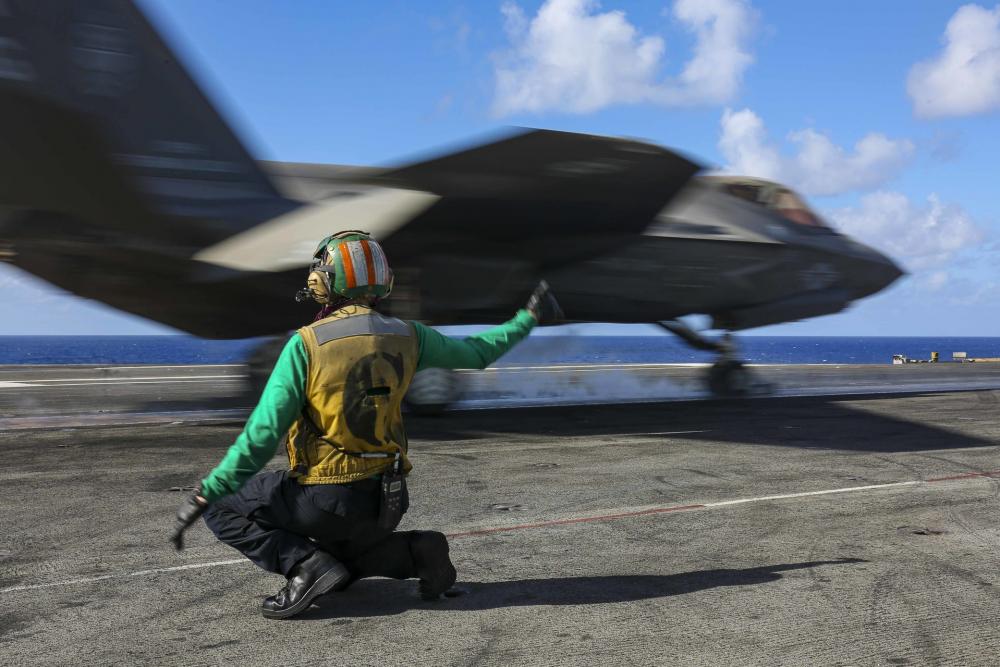
U.S. Marine Corps Forces, Pacific Deputy Commander Brig. Gen. Joseph R. Clearfield, who serves as the Fleet Marine Force Commanding General and oversees all Marine Corps Forces assigned to RIMPAC, reflected on how this specific SINKEX hit close to home for him.
“It was a bittersweet moment for me, having served aboard USS Denver during my career,” said Clearfield in the SINKEX’s corresponding press release. “But what a way for her to go out! This exercise shows the power of partnerships in the region.”
A similar SINKEX was carried out a little over a week ago when United States, Canadian, Malaysian, and Australian forces used a variety of bombs and missiles to sink the former USS Rodney M. Davis (FFG-60). USS Denver, though, is the third U.S. Navy ship to be named after the American politician James William Denver and was commissioned on Oct. 26, 1968.
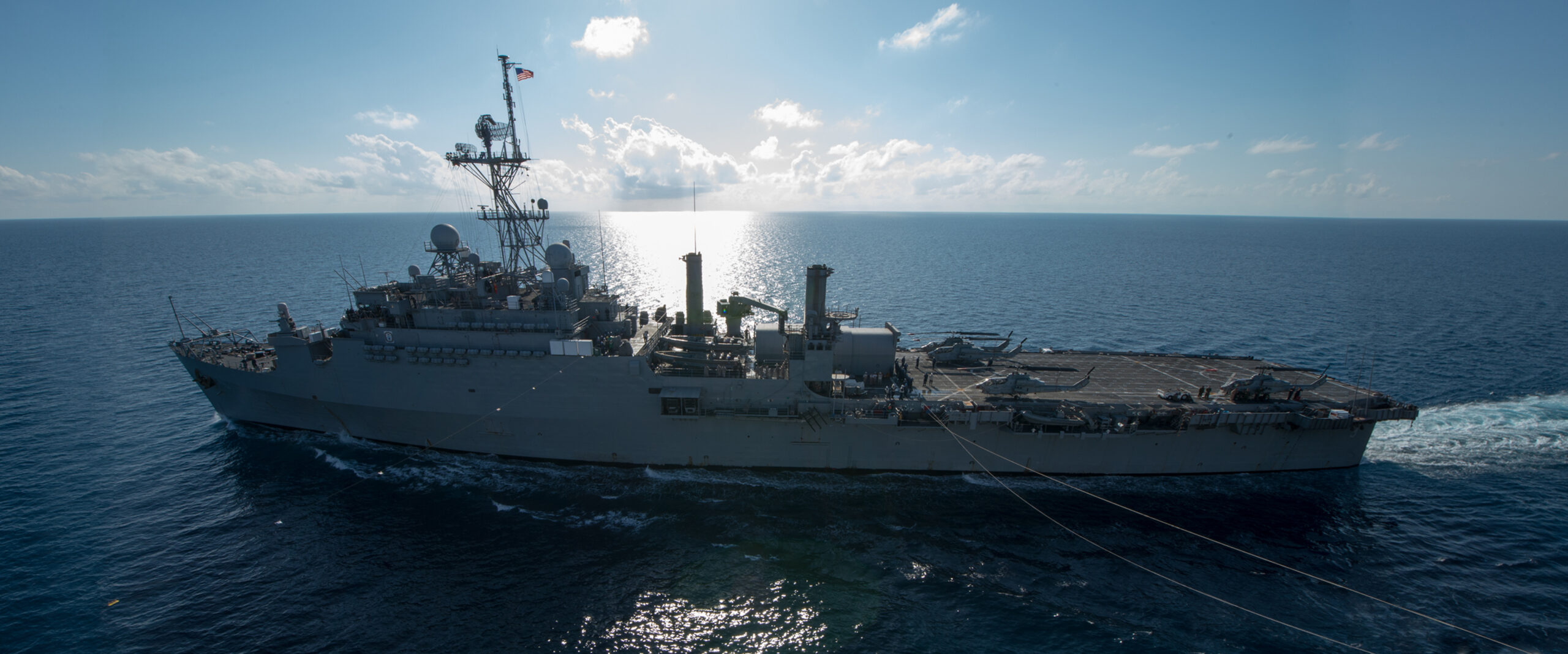
“Over its history, the ship played a significant role in several operations, most notably Operation Frequent Wind, the evacuation of Saigon, Vietnam in April 1975,” read the press release. “The ship was decommissioned as the oldest deployable warship in the Navy after 46 years of service at Joint Base Pearl Harbor-Hickam Aug. 14, 2014.”
In order to prepare for a SINKEX, former Navy vessels are readied in compliance with regulations imposed and enforced by the Environmental Protection Agency. While the Navy does have a permit to carry out these exercises pursuant to the Marine Protection, Research, and Sanctuaries Act, restrictions and stipulations do still apply. These include sinking the ship at least 6,000 feet below the surface and at least 50 nautical miles from land, preemptively surveying the area to ensure that humans and marine mammals are not present, and cleaning the vessel to remove all polychlorinated biphenyls, transformers, and large capacitors.
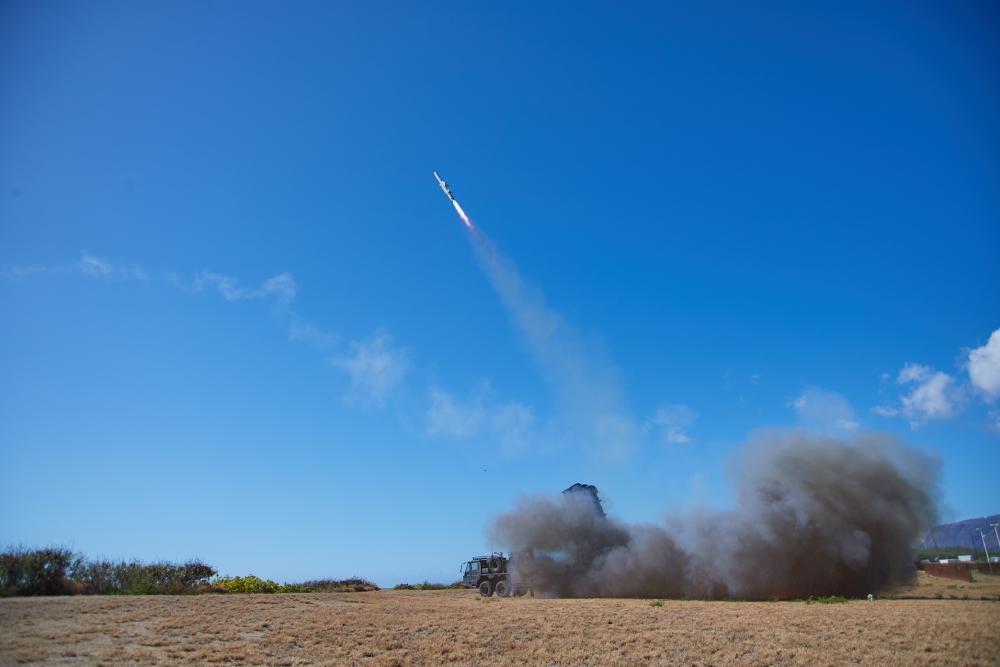
In addition to those protocols, the removal of trash, floatable materials, mercury, or fluorocarbon-containing materials is also required as well as the cleaning of petroleum from all tanks, piping, and reservoirs. On top of that, anything that could potentially combust is removed from the ship, as well. The fact that no flammables or explosives are onboard, as well as no damage control team, and the fact that compartments are usually sealed up, helps the doomed target take a lot more punishment than it probably could otherwise.
Nonetheless, USS Denver now rests at the bottom of the Pacific Ocean off Hawaii’s coast, along with various other ships that have been sunk for RIMPAC exercises in the past including USS Thach, Ford, and McClusky.
Contact the author: Emma@thewarzone.com
